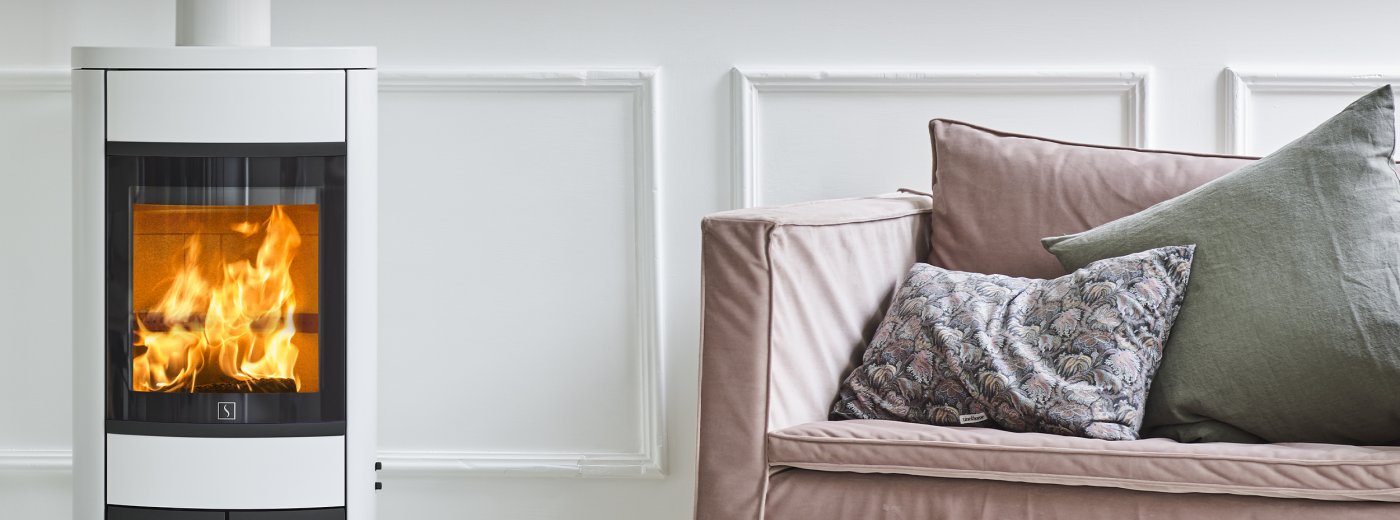How Does a Contemporary Wood Burning Stove Work?
Homes used to be built primarily around the wood burning stove in the center of the home. It was used for cooking as well as heating, but the stoves today have taken on new life.
Homes used to be built primarily around the wood burning stove in the center of the home. It was used for cooking as well as heating, but the stoves today have taken on new life.
Instead of being large, cast iron beasts taking up living space, contemporary stoves are smaller and have been made more efficient through modern innovations in technology. If you have ever wondered exactly how a contemporary wood burning stove works, here is your chance to find out.
Wood stoves are often compared to fireplaces and where the application of wood might be similar as is the flue, they are quite different entities. Fireplaces are notorious for being very draughty and inefficient in homes. Heat leaks out through the flue and throughout the fireplace making it difficult to concentrate the heat in one contained area for optimal heating.
With a wood stove the gaskets and tight fitting nature enable the heat to be concentrated within the stove radiating from the unit. A contemporary wood stove can heat even a larger home far more effectively than a fireplace can.
The primary reason that a wood stove works so effectively is due to how the system utilizes air. Ventilation holes in the air control valve work to supply the firebox with necessary oxygen to maintain a hot flame. Flame control is enabled by opening and shutting the holes of the shaft. When the holes are fully open, the unit works at top capacity, but when the holes are closed off, the unit works with a lower flame. This cannot be accomplished with other forms of heating such as fireplaces.
Not all materials conduct heat effectively. Heaters and wood stoves throughout the years have been made of a variety of different metals, but the one that has stood out the most is trusted cast iron. Iron maintains many properties that make it the best choice for any wood burning stove. It is convenient, cheap to use, an abundant metal, and last for many years, so manufacturing a stove out of cast iron means that the owner need only to invest in the initial purchase of the stove with annual follow up inspections for the life of the unit.
Apart from cast iron being the main functioning material, bricks add an additional heating element to the unit. Although heat easily absorbs and maintains within the unit, the bricks absorb even more heat in the bottom of the unit to maintain the heat within the fire box. Bricks also act as a way to maintain air flow through the unit for maximum flame. Without the bricks, the wood would simply sit on the bottom of the unit and making it difficult to achieve the necessary high temperature for effective heating.
Contemporary wood stoves work simply by allowing air to flow into the fire box allowing the flame to rise to the necessary heat. Holding in heat is essential, but excess heat has to have a place to escape so an overabundance of pressure does not build within the unit. The addition of a blower system into modern units provides an effective outlet for excess heat to escape. With the blower engaged, the home can be heated more effectively, but this is not the only outflow area for the stove.
Like a standard fireplace, a contemporary wood stove maintains a flue to allow the smoke and excess heat to rise from the unit. Some wood stoves are fitted into existing fireplaces to maximize their efficiency and older chimneys require an interior flue tube to be inserted into the chimney.
Stand alone units allow the flue to come from the top or back of the unit, but no matter which style you have, proper cleaning is always essential. To clean the flue, a specialized chimney sweeping brush is used, or a professional cleaning service can be called in.
A contemporary wood burning stove is essentially an easy device to understand. Wood is stacked in the firebox and lit to provide the initial flame. The ventilation into the unit brings in fresh air to fan the flames to the desired heat. Excess heat is sent out from both the flue and the blower to maintain the proper amount of pressure within the system. With additional air flow provided by the bricks in the system as well as their heat absorption capabilities, contemporary wood burning stoves have proven to be the most efficient and cost effective way to heat any home.
Your home is where your family is most comfortable and when you employ the use of a wood burning stove, you not only gain access to a beautiful show piece from contemporary design, you get the opportunity to know that your family will be warm throughout the winter no matter if the power is on or off.
